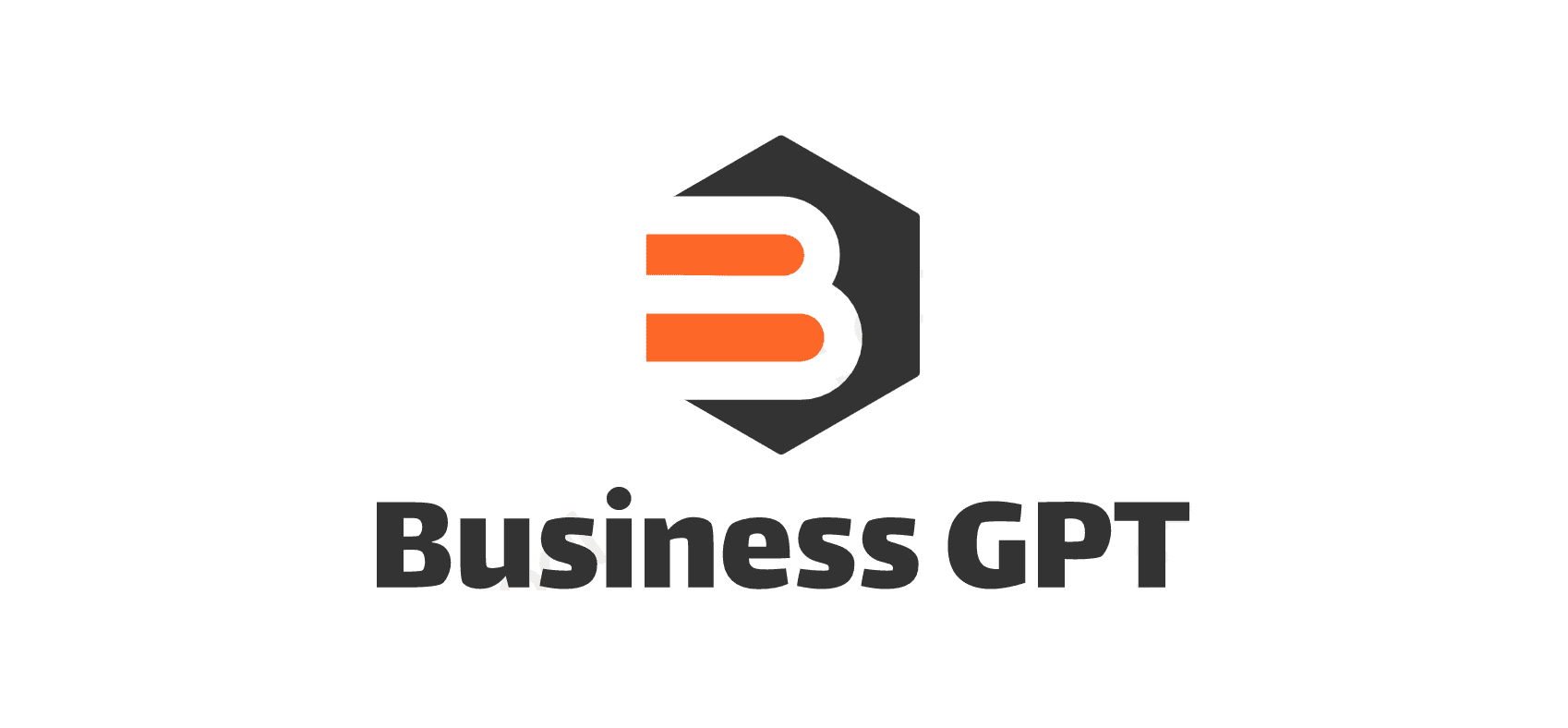Developing an Effective Customer Support Strategy

Introduction
A well-defined customer support strategy is essential for businesses seeking to deliver outstanding service and build strong relationships with their customers.
A comprehensive strategy ensures that customer inquiries and issues are handled efficiently, leading to increased customer satisfaction and loyalty.
In this article, we will explore the key elements of developing an effective customer support strategy, including goal setting, building a customer-centric culture and utilizing various communication channels.
We will also learn to implement a robust ticketing system, embrace self-service options, measure customer support metrics, and provide proactive and personalized support experiences.
Understanding the importance of a customer support strategy
A customer support strategy serves as a roadmap for delivering consistent and high-quality support to customers. It outlines the goals, objectives, and methods that businesses will employ to meet customer needs effectively.
By having a well-defined strategy in place, businesses can align their support efforts with their overall objectives and ensure a positive experience for their customers.
Setting clear goals and objectives
To develop an effective customer support strategy, it is crucial to set clear goals and objectives that align with the organization’s mission and values. Some common goals for customer support include:
Customer satisfaction
Customer satisfaction should be a primary goal for any support strategy. By aiming to provide exceptional service and meet customer expectations, businesses can enhance customer loyalty and advocacy.
First response time
Reducing the time it takes to respond to customer inquiries is another important objective. Prompt responses demonstrate attentiveness and show customers that their concerns are being taken seriously.
Resolution rate
Improving the resolution rate of customer issues is vital for enhancing customer satisfaction. By resolving issues efficiently and effectively, businesses can minimize customer frustration and build trust.
Building a customer-centric culture
A customer-centric culture is the foundation of an effective customer support strategy. It ensures that all employees understand and prioritize the needs of customers. Some key aspects of building a customer-centric culture include:
Employee training and empowerment
Providing comprehensive training to support agents equips them with the necessary skills and knowledge to address customer issues effectively. Empowering support agents to make decisions and take ownership of customer inquiries fosters a sense of accountability and enables quicker problem resolution.
Encouraging feedback and continuous improvement
Creating an environment where feedback is encouraged allows businesses to identify areas for improvement in their support processes. Regularly collecting feedback from customers and support agents helps identify pain points and implement necessary changes to enhance the overall support experience.
Utilizing various communication channels
Customers expect support through multiple channels, and businesses should be prepared to offer assistance across various platforms. Some essential communication channels for customer support include:
Phone support
Phone support remains a popular choice for customers seeking immediate assistance. Providing a dedicated support hotline ensures customers can easily connect with a live representative to address their concerns.
Email support
Email support offers a convenient way for customers to communicate their issues and inquiries. Businesses should ensure timely responses to emails, addressing customer concerns and providing helpful solutions.
Live chat support
Live chat support provides real-time assistance to customers visiting a website or application. It enables support agents to engage in interactive conversations, resolve queries promptly, and guide customers through their concerns.
Social media support
Social media platforms have become integral for customer support. Responding to customer inquiries and concerns on platforms like Twitter or Facebook demonstrates a commitment to addressing customer needs publicly.
Implementing a robust ticketing system
A robust ticketing system helps businesses manage and track customer inquiries effectively. It streamlines the support process by organizing and prioritizing tickets, ensuring no customer inquiry goes unnoticed or unresolved. By implementing a ticketing system, businesses can maintain transparency and accountability in their support operations.
Embracing self-service options
Self-service options empower customers to find answers to their questions independently. By offering a comprehensive knowledge base, FAQs, tutorials, or video guides, businesses can reduce the volume of support inquiries and provide customers with quick and convenient solutions.
Measuring and analyzing customer support metrics
Measuring and analyzing customer support metrics is crucial for evaluating the effectiveness of a support strategy. Some key metrics to consider include:
Customer satisfaction score (CSAT)
CSAT measures the level of customer satisfaction with the support received. Regularly surveying customers to gauge their satisfaction helps identify areas for improvement and track progress over time.
Net Promoter Score (NPS)
NPS measures customer loyalty and the likelihood of customers recommending a business to others. It provides insights into the overall customer experience and can help identify brand advocates.
Customer effort score (CES)
CES measures the ease with which customers are able to resolve their issues. By minimizing customer effort, businesses can enhance the support experience and increase customer satisfaction.
Providing proactive support and personalized experiences
Going beyond reactive support and providing proactive assistance can greatly enhance the customer experience. Anticipating customer needs, offering personalized recommendations, and providing proactive updates on known issues or service disruptions demonstrate a commitment to customer satisfaction and build trust.
Conclusion
Developing an effective customer support strategy is vital for businesses aiming to deliver exceptional service and build long-term customer relationships.
By setting clear goals, building a customer-centric culture, utilizing various communication channels, implementing a robust ticketing system, embracing self-service options, and measuring customer support metrics, businesses can enhance the support experience and drive customer satisfaction.
Providing proactive and personalized support ensures customers feel valued and strengthens the bond between the customer and the company.
For more such posts, check the rest of our blog.
Frequently Asked Questions (FAQs)
How can I develop a customer support strategy for my business?
To develop a customer support strategy for your business, start by setting clear goals and objectives. Identify the communication channels you want to utilize, implement appropriate technology and systems, and invest in training and empowering your support agents. Regularly measure and analyze customer support metrics to evaluate the effectiveness of your strategy and make necessary improvements.
What metrics should I track to evaluate the effectiveness of my customer support strategy?
Some key metrics totrack to evaluate the effectiveness of your customer support strategy include:
- Customer satisfaction score (CSAT): Measures the level of customer satisfaction with the support they received. It helps identify areas for improvement and track overall customer satisfaction.
- Net Promoter Score (NPS): Measures customer loyalty and their likelihood to recommend your business to others. NPS provides insights into the overall customer experience and can help identify brand advocates.
- First response time: Measures the time it takes for a customer to receive the first response to their inquiry. Tracking this metric helps identify areas where response times can be improved.
- Resolution rate: Measures the percentage of customer issues that are resolved successfully. A high resolution rate indicates effective problem-solving and customer satisfaction.
- Customer effort score (CES): Measures the level of effort customers have to put in to resolve their issues. Lower CES scores indicate a smoother and more efficient support experience.
How can I ensure consistency across different communication channels?
To ensure consistency across different communication channels, it’s important to establish clear guidelines and standards for customer support. Provide training to support agents on how to maintain consistent tone, language, and branding across all channels. Use a centralized knowledge base and ticketing system to ensure agents have access to the same information and can provide consistent solutions to customer inquiries.
Is it beneficial to offer self-service options for customer support?
Yes, offering self-service options can be highly beneficial for customer support. Self-service options empower customers to find answers to their questions independently, reducing the volume of support inquiries and providing quick and convenient solutions. This can improve customer satisfaction, decrease support costs, and free up support agents to focus on more complex issues.
How can I provide personalized experiences to my customers through support?
To provide personalized experiences through support, leverage customer data and history to tailor your interactions. Use customer relationship management (CRM) systems to track customer preferences and previous interactions, allowing support agents to provide relevant and personalized assistance. Train support agents to actively listen to customers, show empathy, and address their specific needs. Additionally, consider proactive support by anticipating customer needs and providing customized recommendations or solutions before issues arise.




